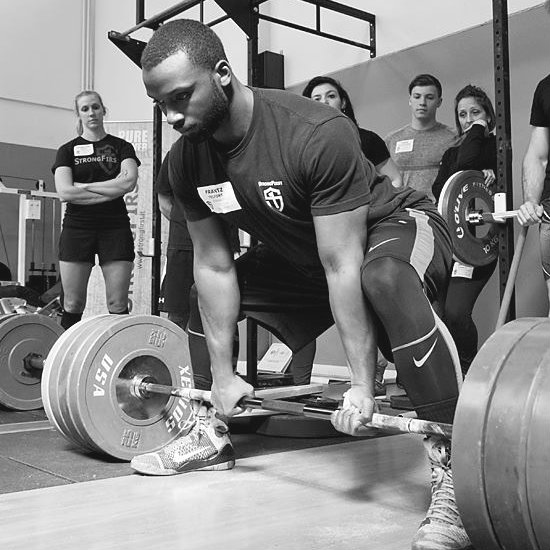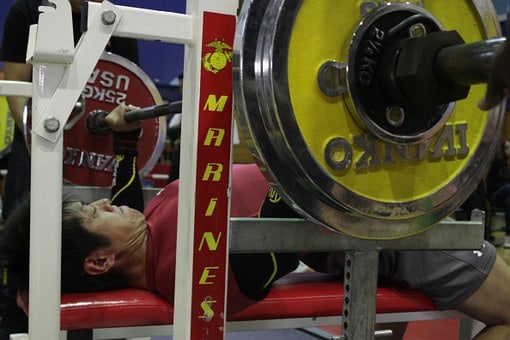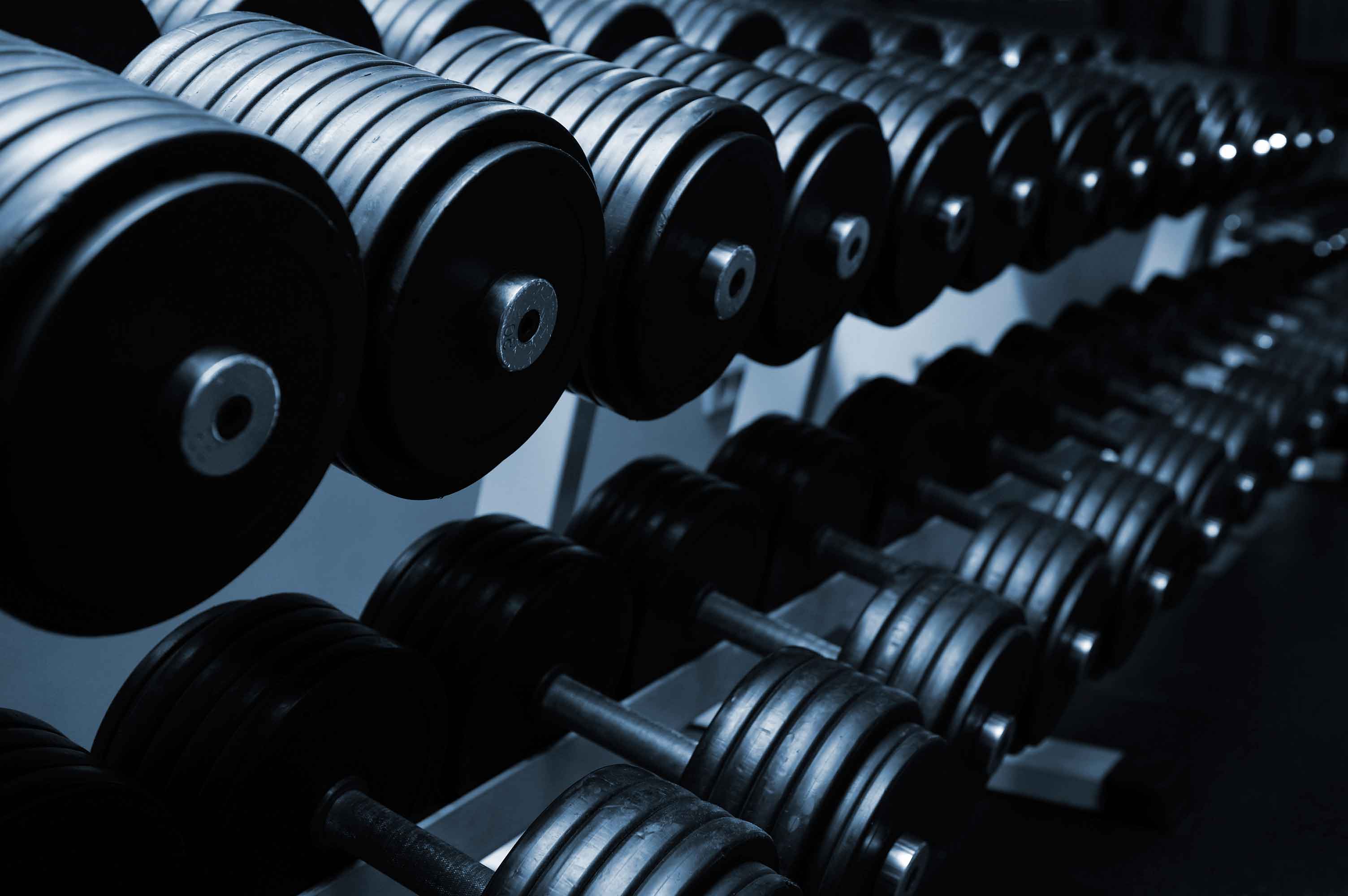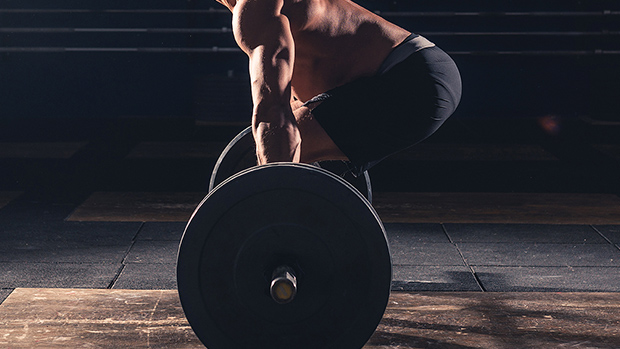Dead stop or paused rep is done by 4 seconds pause in bottom position on pins or on the floor (deadlift) to kill the stretch reflex which helps moving weight concentric. ...Is it possibile that 4 seconds eccentrics kills stretch reflex,
Dampening or Eliminating The Stretch Reflex
Research by Wilson determined that a pause of 4 seconds plus kills the Stretch Reflex.
Fifty percent of the Stretch Reflex is lost in pausing the weight for one seconds. Source: Supertraining/Siff and Verkhoshansky
Before moving on, lets look at...
Pausing The Bar In a Competition Bench Press
The rule is that the bar must become motionless on the chest before "The Press Signal" is given
In regard to the Bench Press, the longer the pause, the less of the Stretch Reflex there is. Thus, the focus in the Competition Bench Press is to quickly drive the weight up after the "Press Signal" is given.
What Elite Bench Pressers Do
The really great one make sure they pause the bar on the chest in the first two attempts so that there is no question.
On their third attempt or on a fourth for a World Record, they anticipate "The Press Signal". Doing so allows them to employ more of the Stretch Reflex. This something they practice on their Bench Press Days.
Doug Young
Young was one of the great Benchers of his era.
At one meet, Young wearing a T-Shirt (weighing 242 lbs) took 589 lbs/267.5 kg for his third attempt. He incorrectly anticipated "The Press Signal" and was Red Lighted.
Young then took 611 bs/277.5 kg for a fourth World Record Attempt. Young correctly anticipted "The Press Signal"; getting three white lights.
Which do you prefere dead stop or to go or do them both,
Dead Stops and Touch and Go
As per...
Do both, at different times.
Each elicites a different training affect.
Think of them as a Tool in your Training Tool Box.
Determine what your Training Objective is and use the one that evokes that Training Response.
reasons and what you see as a benefit?
Benefits
1) Dead Stops
These develop Maximum Strength or Power off the floor dependent the Trainining Percentages employed.
a) Individuals who's Deadlift is slow off the floor need to perform Dead Stops with fairly heavy loads.
Sumo Deadlifters traditional have a hard time breaking the weight off the floor, as well.
One of the most effective Auxiliary Exercise for these Deadlifter is,,,,
Paused Halting Deadlifts
Anna's Halting Deadlifts (Post 130)
The deadlift is definitely a lift that took me a while to learn how to do correctly. And I say correctly because I have done them safe since the beginning, but it took me time to learn how to get really tight and engage the correct muscles during the setup to build tension before starting the...
www.strongfirst.com
I've been doing the Halting deadlift just...to just above the knee... a lot of work specifically targeted for that weak point, but not a lot of "deadlift heavy" work that required a lot of recovery.
I only do full deadlifts once every 2 weeks, and yesterday it was finally time to do a set at 300. It moved much quicker off the floor and for the whole lift. It no longer feels like "off the floor" is the hardest part.
2) Touch and Go
Many Conventional Deadlifers have a strong pull off the floor.
Their Sticking Point is usually in the knee area.
The momentum of Touch and Gos allow them to OverLoad their Deadlift more in the knee area.
As a Conventional Deadlift the knee area was my Sticking Point. My Deadlift allowed the bar to drop and slightly bounce off platform, garnering greater momentum, Overloading the knee area Sticking Point.
Speed sets contribute to heavy loads by traning for more muscle fiber activation in range 40% to 60% of 1 RM 8-12 sets of 1-3 reps.
Speed Vs Power Training
With Traditional Strength Training Exercisea, here are the Training Percentage that define...
1) Speed Training
Speed Sets are a misnomer. It was inappropriated named decades ago and continues to be perpetuated.
Speed is developed with Training Pecentage that are 10 to 40% of 1 Repetition Max, with around 30% being the sweet spot. Source: The Fundamentals of Special Strength Training/Verkhoshansky.
2) Power Training
Power is developed with Training Percentages that are 46-62% of 1 Repetition Max; research Dr Daniel Baker.
The Westside Powerlifting Training Protocol
The "8-12 Sets of 1-3 Repetition" is based on the Westside Method.
I found that fewer "Power Training Set" were more effective.
How to incorporate them in workout can it be on same day as regular sets?
As per...
it would be prudent to not do too much in a single day.







